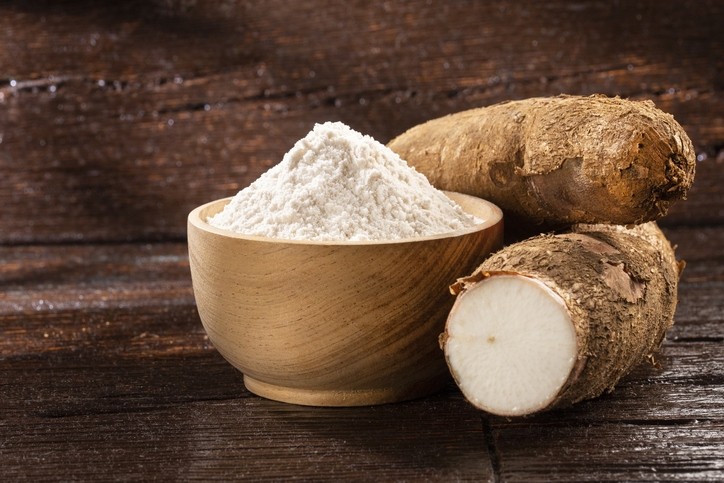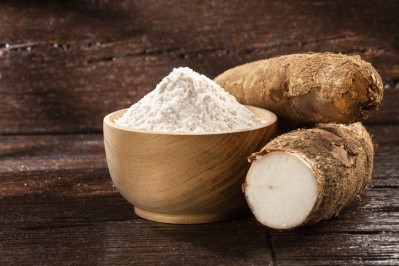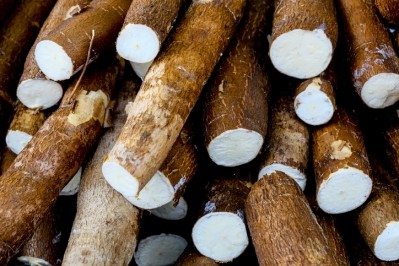Organic for Chile, cassava for Mexico: Lorenz on its tailored export strategy for LATAM

Lorenz uses starch from cassava, corn, waxy corn, and potato to manufacture ingredients such as modified and pre-gelatinized starches, hydroxypropylated starches, maltodextrins, and dehydrated glucose syrup.
Founded in 1916 by two brothers, the company was acquired by GTFoods, a major Brazilian poultry processor and B2C food manufacturer in 2015 as it looked to expand its B2B portfolio.
Since the acquisition, Lorenz has been eyeing international export markets and is tailoring its strategy accordingly.
“The regions are very different both culturally and geographically – sub-Saharan Africa, Europe, Mercosur, Asia,” said Luiggi Tarosso, export analyst at Lorenz. “Before we exported a little but had a more timid presence on the international market because the company was very focused on Brazil, where we are strong.”
Lorenz, which manufactures all its products in Brazil, already has a “large presence” in Argentina and is starting new business ventures in Chile, Uruguay, and Bolivia, according to Tarosso.
“Latin America is very big so every country, besides maybe Venezuela at the minute, has potential in different areas for us. So, it’s interesting for us to work with different products and a different approach in each region. In Argentina, Bolivia and Paraguay it’s nice to work in a certain way; Uruguay and Chile are different because they are richer.
“We work very strongly with corn products in the south but in Mexico, corn products are accessible and cheap for them because the US produces a lot of cheap corn. So, in Mexico we enter with tapioca products just to have a kind of [differentiated] offer.”
Clean label demand
Chile and Uruguay also look for more premium ingredients for use in specialized pharmaceutical applications, Tarosso said, as well as halal and kosher certification.
“Besides that, they are also highly interested in organic foods and we are working on that. We recently became certified for organic [production] so we can provide them with what they are expecting.”
The company, which has its own production line for native and modified cassava starch but buys corn starch from other suppliers, is also in the process of obtaining the necessary certifications to export to the US. It expects to make its first shipments in around one year.
China, on the other hand, does not have major export potential for Lorenz due to its proximity to Thailand, which is the biggest global producer of tapioca starch and, in addition to this logistical advantage, can undercut Brazilian prices.
“They are also not interested in corn because they prohibit genetically modified (GM) food and corn in Brazil is GM,” added Tarosso.
Expanding capacity
The big challenge for the company in the near future is to increase its processing capacity to meet the demand it is seeing for bigger volumes.
“We have a 10-year plan that is going to cover this gap,” said Tarosso.
Last semester, Lorenz invested R$1.5m in research and development (R&D).








